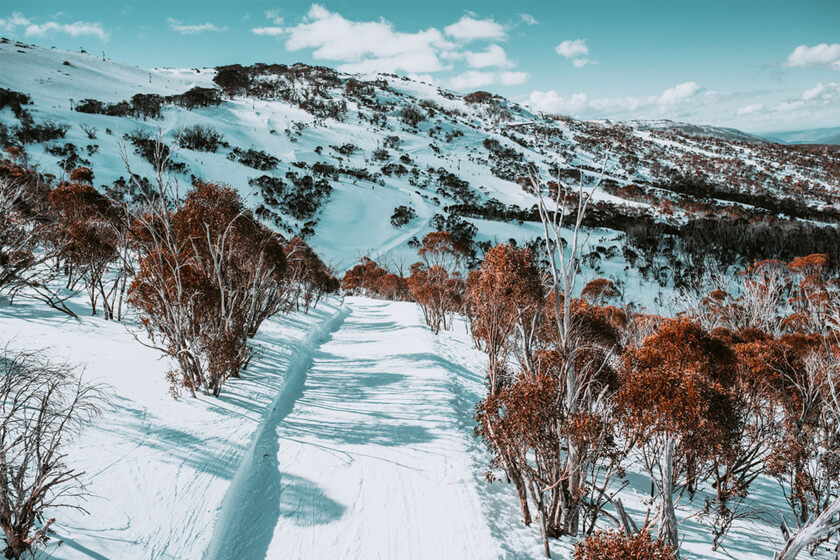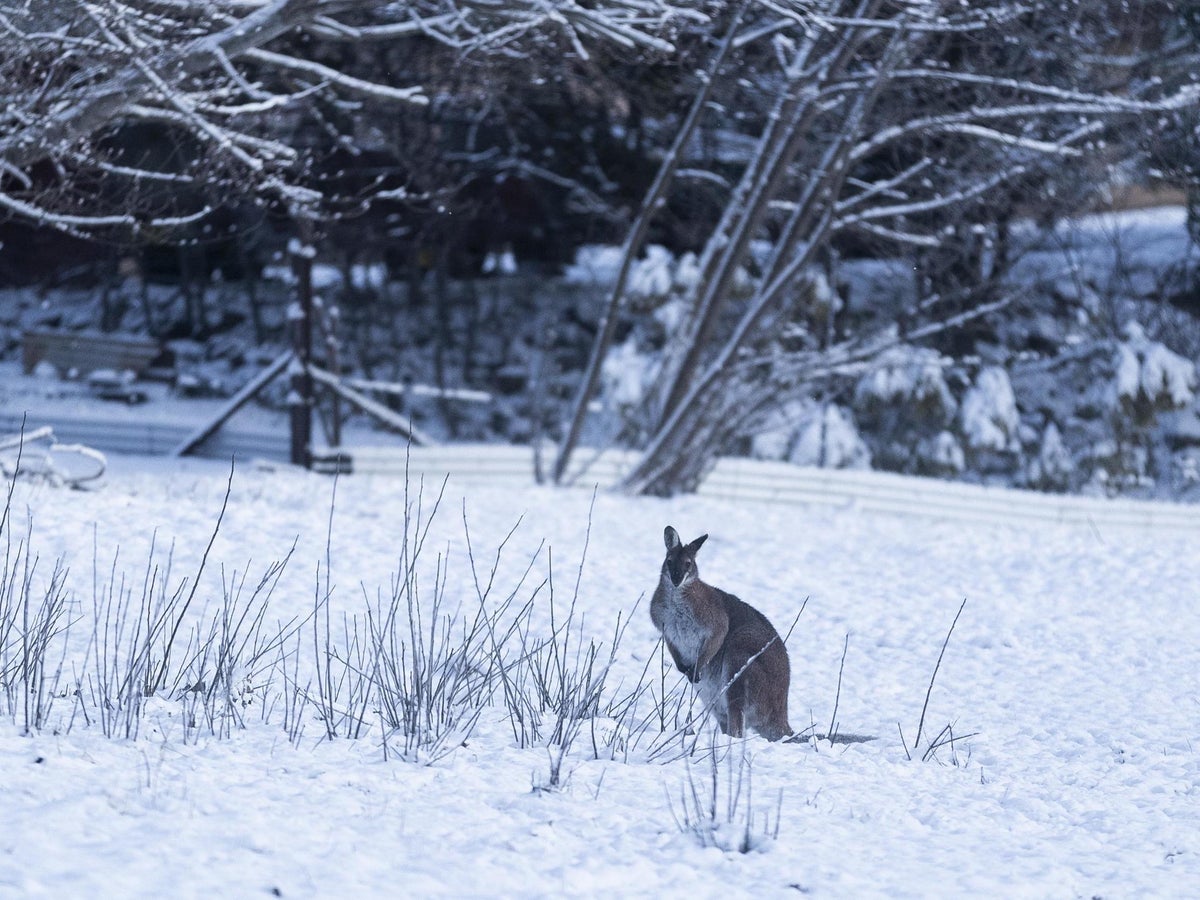Discover Which Regions Get the Frequent Snow In Australia During the Cold Season
Discover Which Regions Get the Frequent Snow In Australia During the Cold Season
Blog Article
Discover the Interesting Results of Snow in Australia on Neighborhood Environments
In spite of its track record for sun-soaked landscapes, Australia likewise boasts regions blanketed by snow-- a phenomenon that exceptionally affects the nation's one-of-a-kind environments. The protecting properties of snows safeguard vegetation and fauna in the middle of the coldest winters, while the melting snow nurtures rivers and aquatic life.
The Unexpected Regions of Snowfall in Australia
The high nation regions of New South Wales, Victoria, and Tasmania are specifically understood for their winter months snow. The Snowy Hills in NSW, for instance, obtain plentiful seasonal snow, supplying a raw contrast to the nation's regular warm, dry environment. The presence of snow in these regions significantly influences local ecosystems, ultimately influencing the country's special biodiversity.

Just How Snow Impacts Australia's Distinct Flora
While it may seem uncommon, snowfall in Australia plays an essential role in shaping the nation's unique plants. The snow-filled winter seasons foster durability in Australian plant species. This is particularly noticeable in the sub-alpine and towering regions, where snow gums and hill plum-pines flourish. These plants have developed to survive in extreme problems, with snow serving as a safety blanket from harsh winds and freezing temperature levels. The snow likewise adds to the moisture content of the dirt, providing needed hydration for plant throughout the completely dry summer season months. Fundamentally, the snow affects the timing of flowering and seed dispersal, the growth prices, and the survival of several plant types, showcasing the detailed interplay in between climate and flora in Australia.

The Adjustments of Australian Fauna to Snowfall
Just as Australia's plants has actually adapted to the wintery conditions, the regional animals also, display amazing adaptations to the snowfall. Species like the Mountain Pygmy-possum, the only Australian marsupial recognized to hibernate, have actually developed techniques to survive in snowy settings. It makes use of the snow as insulation, hibernating in rock gaps under the snow to stay warm. The Snow Skink, a species of reptile, alters its colour to white throughout winter, providing camouflage versus predators. Birds such as the Snowy Hills' Crimson Rosella also adjust their diet plans to consume available food resources throughout cooler durations. Hence, in spite of the rough conditions, Australian animals shows a flexible and resistant nature, ensuring their survival in areas experiencing snowfall.
The Role of Snow fit Local Ecosystems
In shaping the regional ecosystems, the function of snow in Australia is both extensive and pop over here multilayered. It affects the circulation of flora and fauna, mostly defining the biodiversity of towering and sub-alpine regions. Snow supplies a crucial water resource, feeding rivers and tanks as it melts, hence sustaining a selection of marine life forms. Additionally, snow acts as an insulator, shielding ground-dwelling microorganisms from extreme cold. In a similar way, it plays a substantial role in soil formation and nutrient biking. The routine cold and thawing of dirt induced by snowfall fosters the malfunction of rocks, enhancing dirt fertility. The visibility of snow forms the plant life patterns, animal behavior, and general sustainability of Australia's distinct environments.

The Future of Snowfall in Australia: Forecasts and Effects

Offered the essential duty snow plays in shaping regional ecological communities, the future of snowfall in Australia is drawing increasing interest from conservationists and researchers. Current climate models forecast a significant reduction in snowfall due to international warming, with possibly extensive impacts on local environments. Less snow might lead to lowered water go to these guys schedule in alpine regions, negatively affecting wildlife habitats and plant life. It might alter the timing of seasonal modifications, disrupting the life cycles of many indigenous species. The tourist market, heavily reliant on the winter months snow season, may additionally deal with significant difficulties. Comprehending these forecasts and their effects is crucial to establish efficient preservation strategies, making sure the preservation of Australia's distinct biodiversity and the sustainability of its economy.
Conclusion
The function of snow in Australia's ecological communities is essential yet commonly overlooked. It acts as a discover this info here protector, a nurturer, and a shaper of varied towering varieties, adding to the splendor of Australia's high nation. As weather patterns continue to change, understanding the ramifications and possible makeovers of these snow-influenced ecosystems is critical. Thus, the snow in Australia is greater than an all-natural phenomenon; it's an important gamer in the nation's ecological narrative.
Despite its track record for sun-soaked landscapes, Australia likewise flaunts regions buried by snow-- a phenomenon that profoundly influences the nation's unique ecosystems. It utilizes the snow as insulation, hibernating in rock gaps beneath the snow to remain cozy - Snow In Australia.In shaping the local communities, the duty of snow in Australia is both profound and multilayered. The visibility of snow forms the plant life patterns, animal behavior, and overall sustainability of Australia's distinct ecosystems
Given the crucial function snow plays in shaping local communities, the future of snowfall in Australia is drawing increasing focus from conservationists and scientists.
Report this page